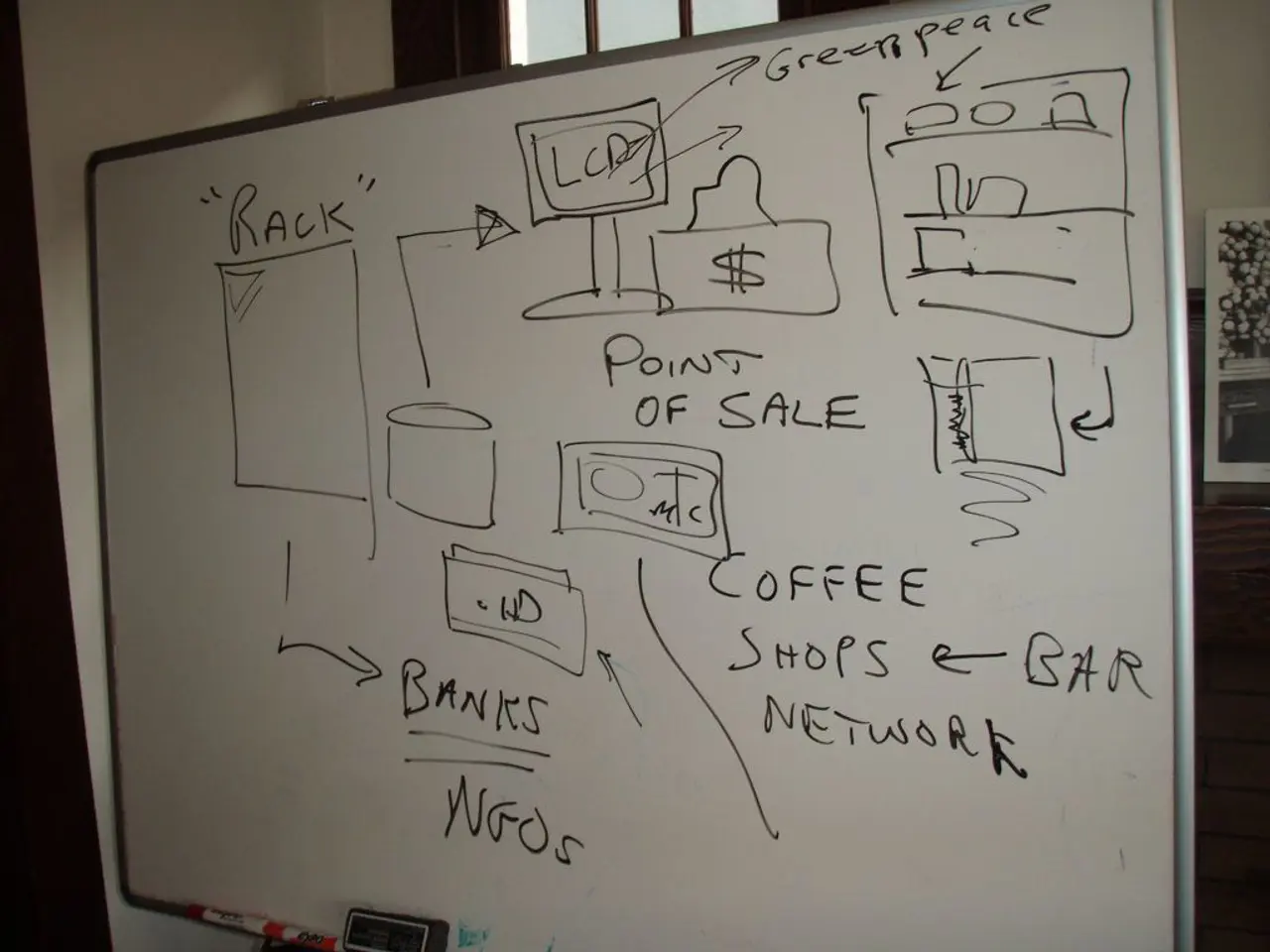Dairy sector undergoing shift due to heightened American demand for protein
In the heart of Wisconsin, Josh Meissner, the third-generation owner of Norm-E-Lane farm, leads tours through the farm's milking parlor, barns, and fields, offering a glimpse into the dairy industry's evolving landscape. This transformation is largely driven by the surging demand for whey protein, a byproduct of cheese production that was once considered waste.
Whey, valued for its high protein content and small caloric package, has become a valuable commodity in the dairy industry. In the past, it was disposed of cheaply, but now it is a key player in the industry's growth. The global whey powder market is expanding, with the United States and the European Union accounting for over 40% of the world’s whey powder exports.
The rising demand for whey protein, particularly in the form of whey protein concentrate (WPC) and whey protein isolate, has led manufacturers to prioritise the production of higher-protein whey ingredients. This shift has caused tighter inventories and higher spot prices for lower protein whey products, indicating a positive price impact within dairy product markets tied to whey processing.
The demand growth in whey and dairy protein ingredients supports expanded processing capacity and influences milk utilization, which can alter revenue streams for dairy producers. For instance, states like Idaho have seen milk production growth supported by improved margins linked to such processing demands. However, the economics vary regionally based on local production conditions and processing infrastructure.
Whey protein's role in the fast-growing sectors of nutraceuticals, functional foods, and clean-label high-protein products is expected to sustain medium-term demand growth, exerting upward price pressure on whey products. This aligns with broader consumer trends towards health and wellness that benefit the dairy sector’s protein segment.
Export markets, particularly in Asia, are major drivers of U.S. whey exports, further strengthening the dairy industry's economic linkage to whey protein production. The dairy export component helps balance domestic milk supplies and adds value beyond traditional liquid milk sales.
At Nasonville Dairy in Marshfield, Wisconsin, Ken Heiman, a certified Master Cheesemaker, oversees the production of around 150,000 pounds of cheese a day. The factory, built in 1885, has a large U-shaped building and several storage silos. The main plant produces feta, cheddar, colby, and other cheeses, while a smaller plant makes specialty cheeses like ghost pepper Jack.
Whey, the liquid byproduct of cheesemaking, is a significant contributor to Nasonville Dairy's profitability. A new tankerload completes the process from milk to cheese and whey to concentrated protein every 37 minutes. Nasonville Dairy purchases 200,000 pounds of milk daily from the Meissners at Norm-E-Lane. However, the Meissners have little control over the price they receive for their milk.
The market for whey protein is expected to double over the next decade, with the cost of high-protein whey powder increasing significantly. This protein powder boom has been driven by the demand for high-protein whey powder, particularly due to the use of GLP-1 drugs like Ozempic. Dairy farms such as Norm-E-Lane in Chili, Wisconsin, are involved in the production of whey, adding another layer to the dairy industry's complex web of interconnected operations.
In summary, the increased demand for whey protein has enhanced the economic value of dairy production in the United States by boosting export volumes, supporting higher milk production margins, tightening whey ingredient inventories, and pushing prices higher. This has diversified dairy revenue streams beyond fluid milk and traditional dairy products to include high-value protein ingredients critical in global nutrition markets.
In Seattle, the local government might consider investing in a new business venture to capitalize on the growing demand for high-protein whey products. This could potentially involve partnerships with dairy farms like Norm-E-Lane in Wisconsin to produce and export whey protein concentrate.
With the expanding global market for sports nutrition products and the increasing popularity of clean-label high-protein items, there's an opportunity for a Seattle-based business to drive revenue by leveraging whey protein's role in these fast-growing sectors.







